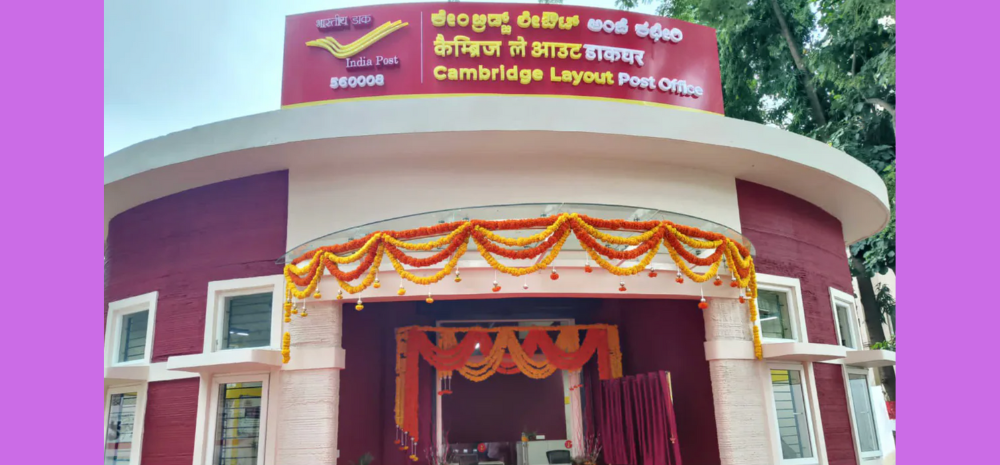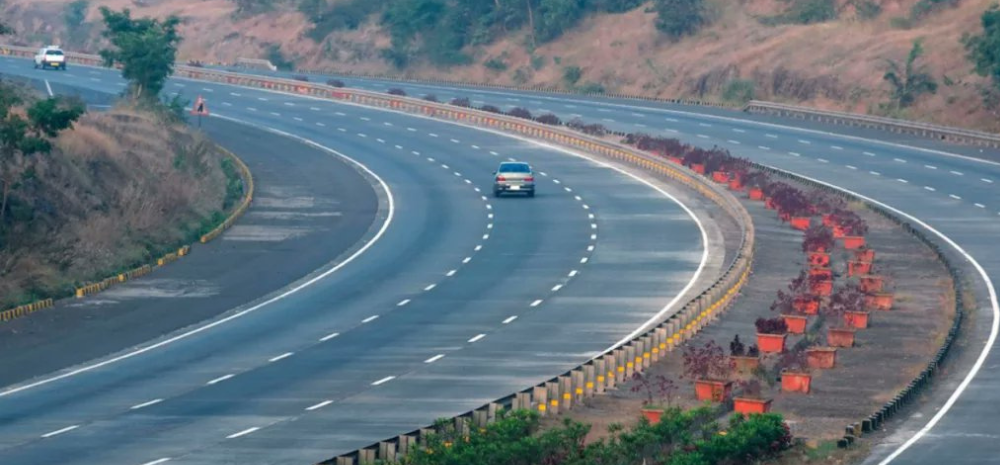A historic moment unfolded on Friday as Union Minister Ashwini Vaishnaw inaugurated India’s pioneering 3D-printed post office building in the vibrant city of Bengaluru. Situated in the esteemed Cambridge Layout, this innovative structure, boasting a substantial built-up area of 1,021 square feet, signals a significant stride forward in architectural technology and design.

Strategic Partnership and Technological Mastery Combine
This architectural marvel, an embodiment of innovative vision and strategic collaboration, was brought to life through the concerted efforts of construction powerhouse Larsen & Toubro Limited and the distinguished Indian Institute of Technology Madras (IIT Madras). While the construction arm handled the physical realization of the project, the technical prowess of IIT Madras guided the process, resulting in an unprecedented amalgamation of construction and technology.
A Glimpse of the Inauguration: Union Minister’s Vision for a Progressive Nation
Union Minister Vaishnaw’s Insights on Technological Development and National Progress
Following the inauguration, Union Minister Ashwini Vaishnaw, who oversees the Railways, Communications, Electronics, and IT portfolios, delivered an insightful address. He highlighted the spirit of development that now characterizes the era – one of self-reliance and the achievement of the seemingly impossible. Vaishnaw’s words resonated with the gathered audience, capturing the essence of a nation at the forefront of innovation.
Every Indian would be proud to see India's first 3D printed Post Office at Cambridge Layout, Bengaluru. A testament to our nation's innovation and progress, it also embodies the spirit of a self-reliant India. Compliments to those who have worked hard in ensuring the Post… pic.twitter.com/Y4TrW4nEhZ
— Narendra Modi (@narendramodi) August 18, 2023
Prime Minister Modi’s Praise and Minister Vaishnaw’s Technical Discourse
Prime Minister Narendra Modi lauded the 3D-printed post office building as a testament to India’s unwavering commitment to innovation and progress. This remarkable structure, he noted, embodies the very spirit of a self-reliant India, showcasing the nation’s capacity for groundbreaking innovation. Minister Vaishnaw provided a comprehensive insight into the novel construction technology that birthed this landmark. He detailed the intricate process of 3D-concrete printing, a fully automated technique where layers of concrete are systematically deposited by a robotic printer, adhering to approved designs. This construction method, facilitated by specially engineered quick-hardening concrete, guarantees the structural integrity of the building.
Breaking Norms: Rapid Construction through 3D-Printed Precision
A striking revolution in construction timelines materialized with the advent of 3D-concrete printing technology. The construction of the 3D-printed post office, a feat that conventionally demands six to eight months, was expedited to a remarkable 45 days. This unprecedented acceleration in the construction timeline underscores the transformative potential of 3D-printing technologies, poised to reshape traditional construction approaches.
Minister’s Forecasts: A Vision of 3D-Printing’s Integration into Mainstream Construction
Minister Vaishnaw’s optimism radiated as he projected the trajectory of 3D-concrete printing technology. Drawing a parallel to India’s milestones in the telecom sector, he envisions a future where this technology will redefine mainstream construction practices. He praised IIT Madras for their outstanding contributions and foresees a proliferation of initiatives harnessing this innovation for the nation’s progress. Reflecting on India’s journey from manufacturing complex telecom equipment to trailblazing in 4G and 5G technologies, Vaishnaw’s words underscored the transformative potential of homegrown advancements.













